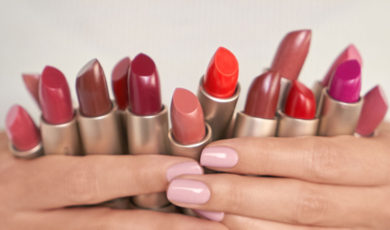How to Transition Your Skincare Routine for Fall
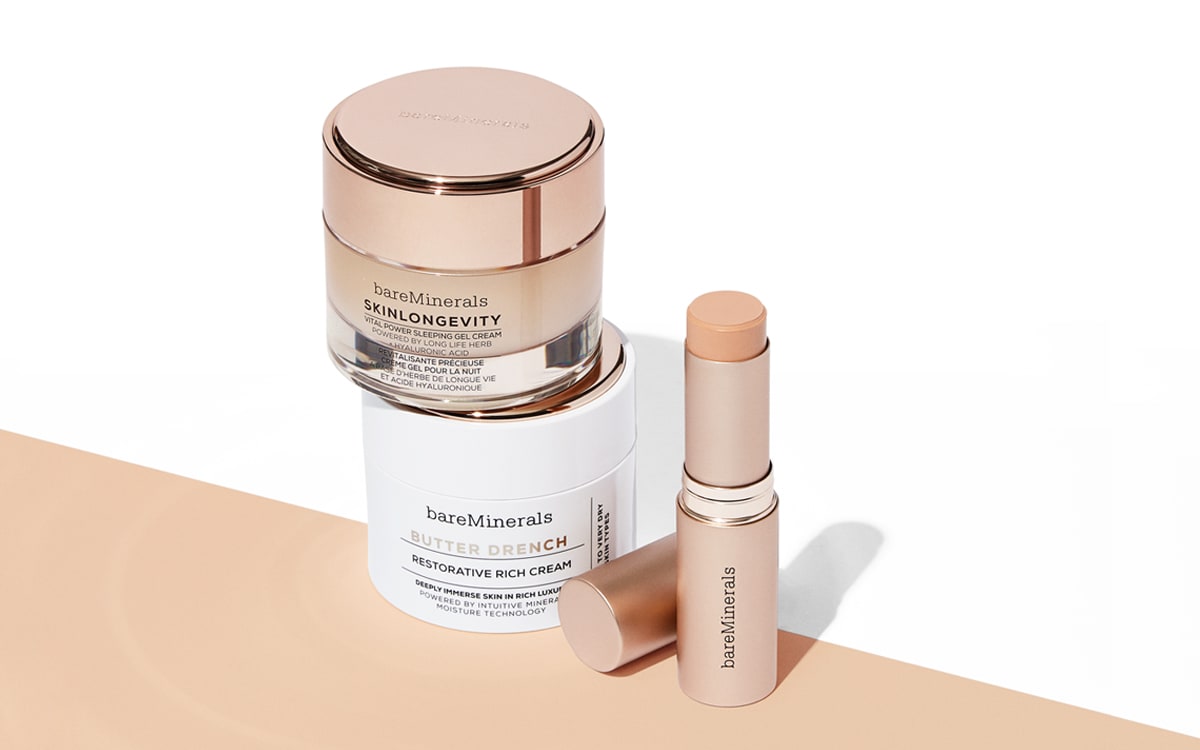
A change in weather requires a bit of a regimen shakeup, the same way you don’t always apply the same skincare in the morning and evening. Climates vary across the globe, but in the summer, we typically deal with increased time in the sun, higher humidity levels and higher temperatures, while winter months often mean cooler weather, drier air, indoor heating and exposure to elements like wind, snow and rain.
Today we’re answering the most common questions about transitioning your skincare regimen into fall and winter so your skin looks and feels hydrated, vibrant and generally its very best.
At What Point Should I Change My Skincare Routine?
The line between summer and fall can feel nebulous. One day it’s hot enough for tank tops, the next day it’s chilly, and then it’s warm again. In terms of transitioning your skincare regimen for fall, you should really pay attention to a decrease in humidity versus temperature, says Dr. Papri Sarkar, a board-certified dermatologist and president of the New England Dermatological Society. She says, “It’s this decrease in humidity that causes many of the changes in the skin we associate with the transition from summer to fall.”
Blass Laner, Learning Design Manager and Global Education at bareMinerals, agrees. She adds, “Typically in the mornings when you wake up you can tell a difference; rather than skin feeling super hydrated, you’ll begin to feel a faint tightness. That’s when I know it’s time to bring out my BUTTER DRENCH Restorative Rich Cream.”
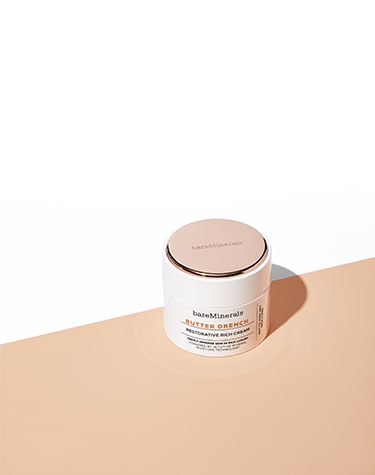
Why Does Skin Feel Drier in Cold Weather?
Less humidity is a big one — when there’s not as much moisture in the air, there’s less moisture for your skin as well. Also, there tends to be an increase in wind, rain, and snow, as well as an uptick in indoor heating, all of which can contribute to drier skin.
“When wind repeatedly strikes the skin, it draws out moisture and causes a breakdown in the skin barrier. With enough wind you can experience windburn or irritation and inflammation,” explains Dr. Sarkar. “Also, rain can cause dry skin if your skin gets wet and then is allowed to dry in the ambient air, and snow often includes (frozen) rain and wind, so it can combine the damage done by these two elements.” If that weren’t enough to contend with, when it’s frigid outside we often we rely on forced hot air to keep warm, which is especially drying for skin and mucous membranes like eyes, adds Dr. Sarkar.
What’s the Most Important Step in a Fall/Winter Skincare Routine?
“Every step is important, but I’d have to say moisturizing is one of the most important,” Blass says, due to those drying elements and heaters. Look for a product that’s a bit on the thicker and creamier side in the fall and winter months, versus a lightweight water-based moisturizer.
Won’t a Heavier Moisturizer Cause Breakouts?
“This can be a problem for some, but in general if you avoid the ingredients that you’re sensitive to then most people can still tolerate heavier creams,” says Dr. Sarkar. “If skin gets too dry, keep in mind that the irritation can also cause breakouts.” She recommends patch-testing for a few days if you’re concerned about a product reaction. It might also be helpful to seek hydrating benefits from other products. The COMPLEXION RESCUE Hydrating Foundation Stick SPF 25 combines hydrating skincare benefits and medium buildable coverage for the best of both worlds.
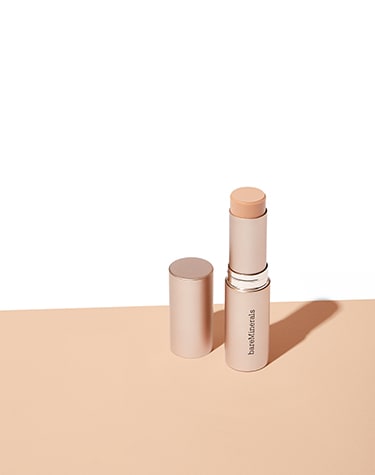
Is SPF Still Important in the Fall and Winter?
Rain or shine, indoors or outdoors, -32 or 110, sunscreen is an absolute must and should be priority #1. The only change you’ll need to make in summer versus fall is where you’re applying and how often.
In the cooler months, you only need to apply sunscreen to exposed skin, which is generally a smaller area since you’re more covered up. Also, because you’re not sweating or swimming as much, you can switch to reapplying every three to four hours in the fall (versus every two in the summer).
Which Ingredients are Best for Fall and Winter?
Dr. Sarkar recommends using Glycerin, Ceramides, and Sodium Hyaluronate (Hyaluronic Acid). These are especially hydrating and nourishing ingredients that replenish lost moisture and plump up skin for a more rejuvenated appearance. Our go-to for crisp nights is the SKINLONGEVITY Vital Power Sleeping Gel Cream. The formula contains Hyaluronic Acid and Red Algae to lock in moisture while you snooze.
“For patients who aren’t sensitive to them, Shea Butter and other butters can also be soothing, and I personally love facial oils in combination with a moisturizer in cooler months,” she adds. “Also, I like to switch to an oil or balm cleanser. They’re great at taking off all of your makeup or sunscreen without stripping your already-dry skin.”
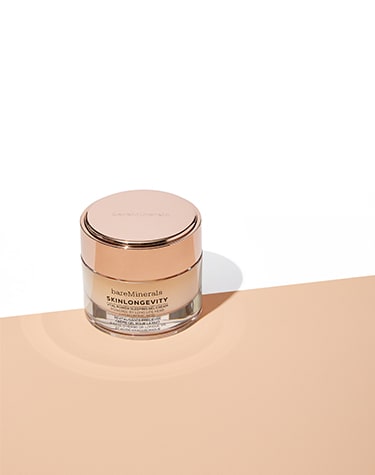
What are Some Habits I Should Avoid in Fall and Winter?
It’s wise to not keep your home too hot if you can help it, and to avoid long, steamy showers, notes Dr. Sarkar. “Even though they feel great in the moment, hot showers damage the skin barrier. Instead, take tepid showers and apply moisturizer on damp skin afterward,” she advises. “This will help seal in and replenish the moisture that your skin is desperately craving.”
If I Travel Somewhere Tropical in the Winter, Should I Go Back to Lightweight Products?
The first few weeks of fall are lovely, but come mid-winter it’s perfectly understandable to crave a vacation somewhere the palm trees sway. So, what’s a person to do with their skincare regimen when going through such a climate shock?
“I think the most important thing you can do is listen to what your skin needs at any given time. That depends on so many factors — the environment, your diet, your menstrual cycle, your stress levels, your location,” says Dr. Sarkar. “That said, I don’t think there’s any issue to switch between heavier and lighter products when you change environments. Your skin (and you) may need a day to adapt to the new time zones and surroundings, but after that, I say go for it.”

